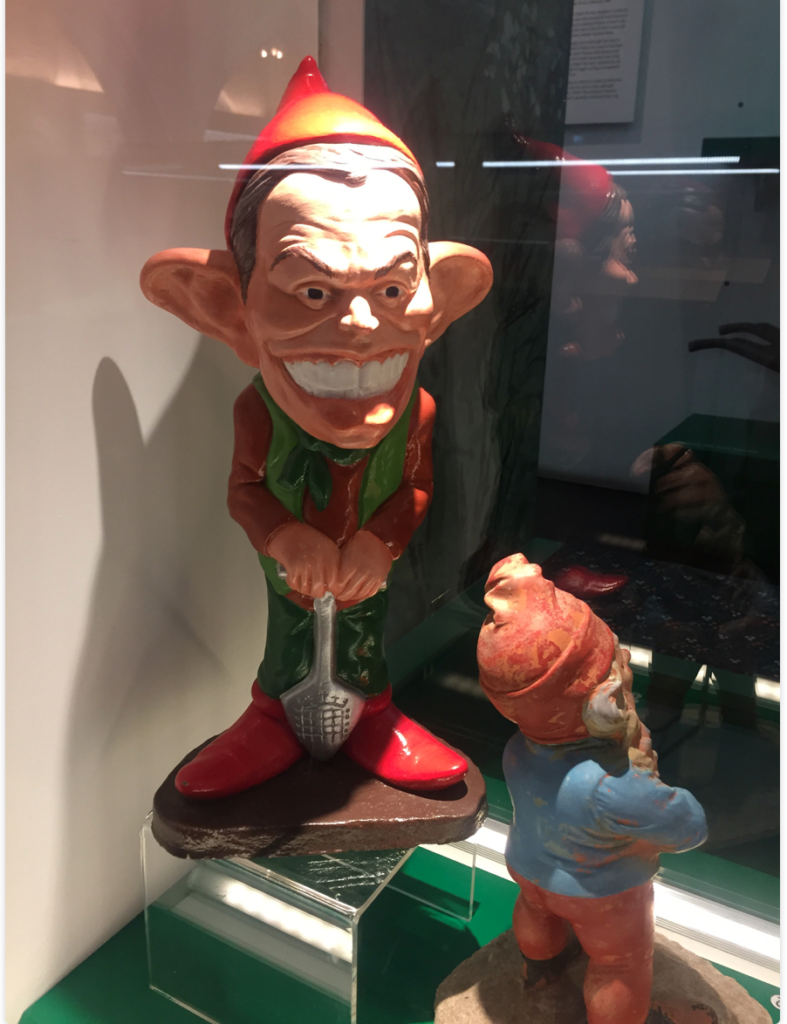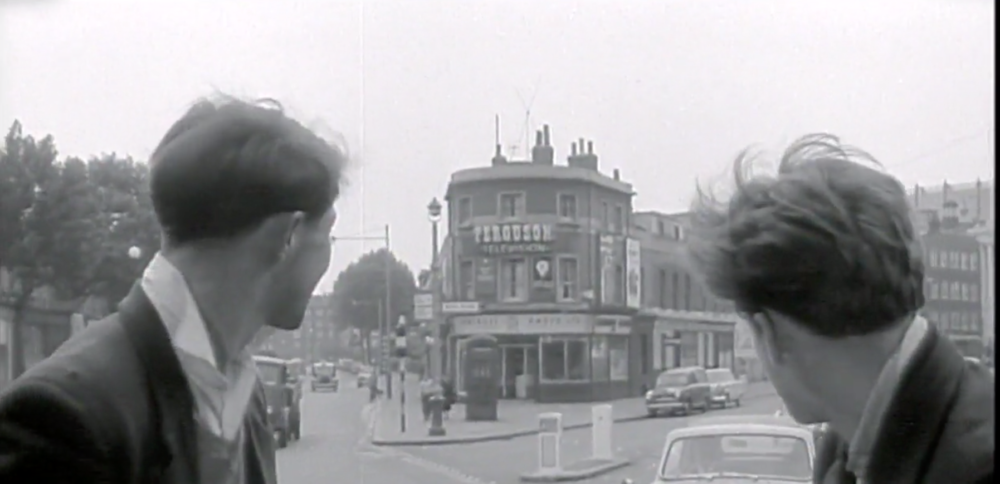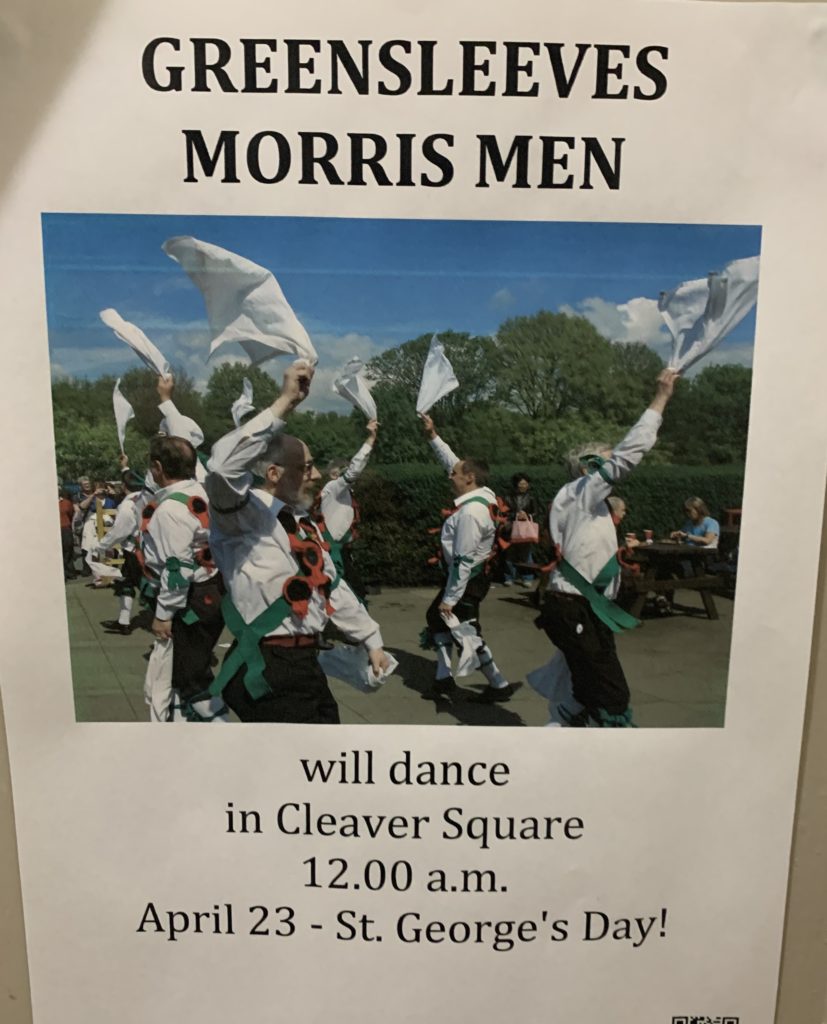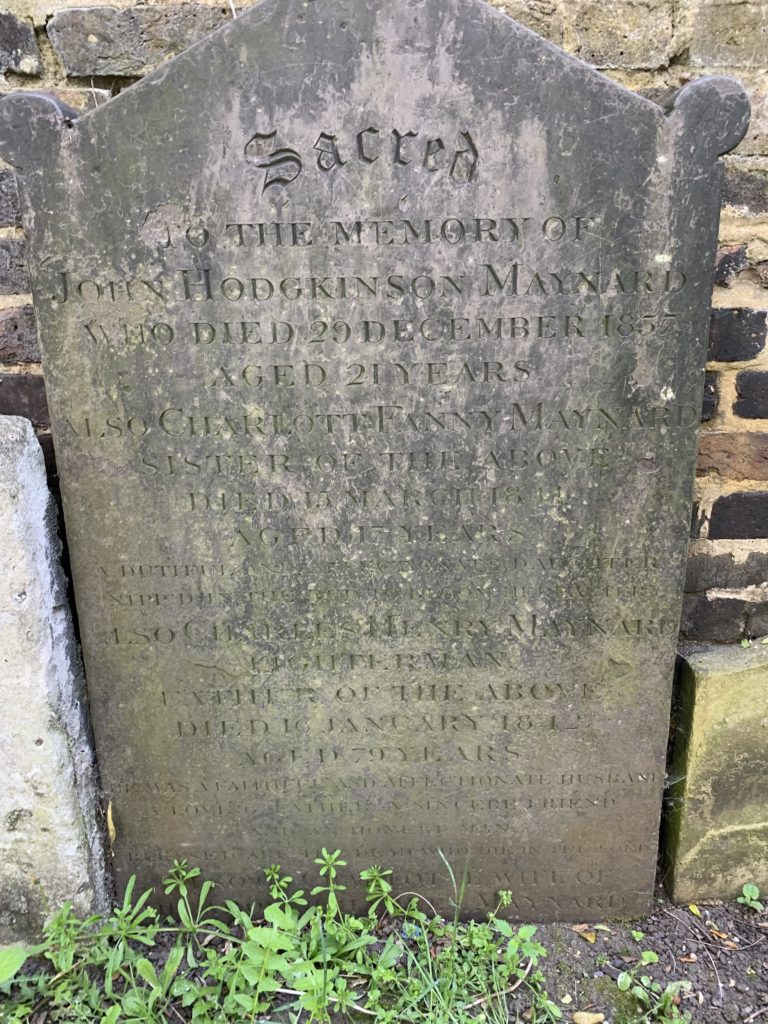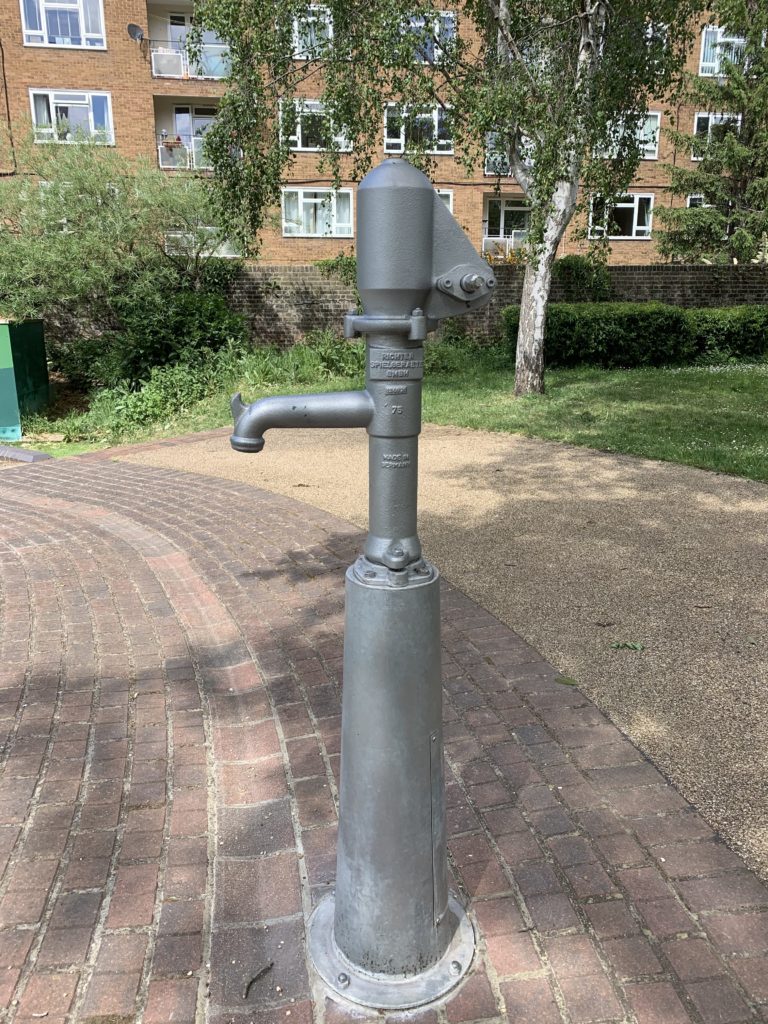In our second consecutive instalment of fun things to do this weekend, over at the Gardening Museum on Sunday they’re having a Neighbours Day and we think its something that you might just want to get your hands dirty for. There will be workshops on flower arranging and pressing, a crafts workshop, face painting, and live music. Again, no bar but this might be a good thing given that you’ll be surrounded by sharp gardening implements.
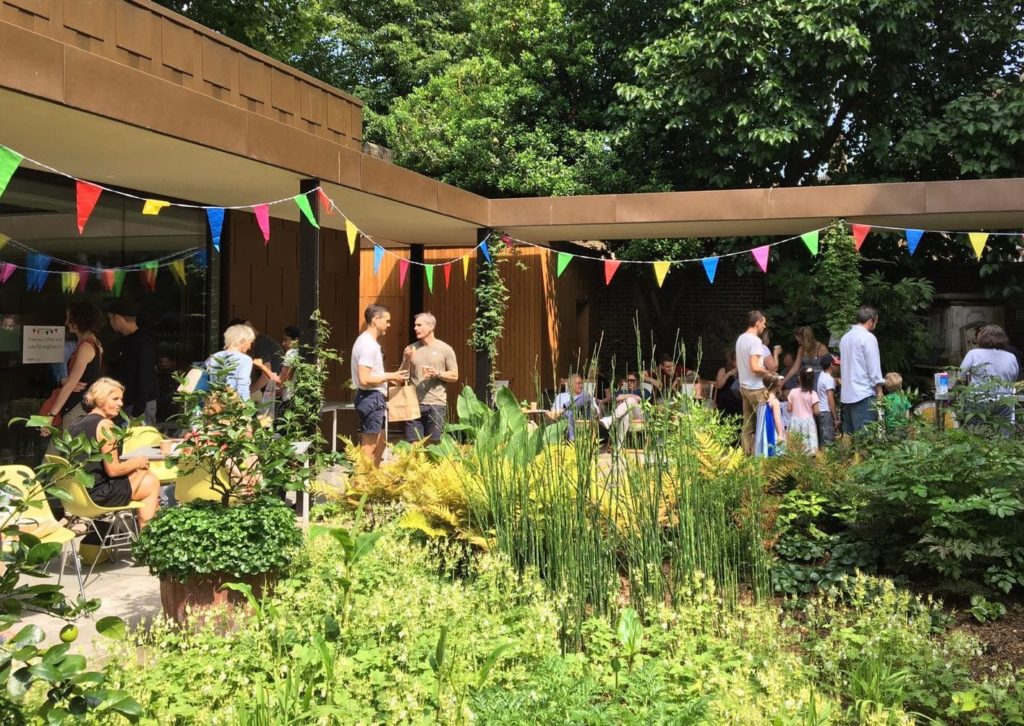
The best part of the day is that the museum itself will be open for free (usually £14) and there will be periodic tours of the exhibits and the beautiful decommissioned church in which it is set. For those who haven’t been, the museum encompasses bedding design, implements, seeds, old lawn mowers, FlyMos, and descriptions of how certain plants were brought to the UK. There is also a small art gallery and you can climb the medieval tower. The garden gnome collection is particularly impressive
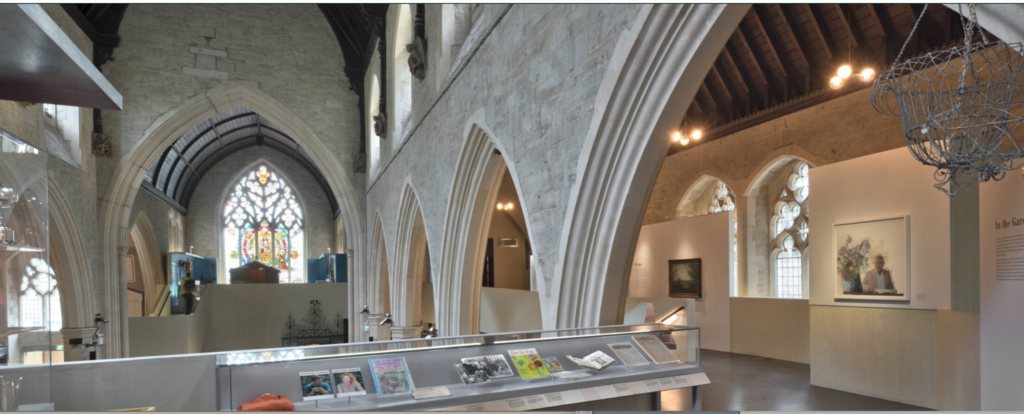
Neighbours Day is on Sunday from 11-4 and is totally free. And by ‘neighbours’ we think they’re liberal in their definition. And this will be your chance, and these chances don’t come by very often, to meet a scary garden gnome that looks JUST LIKE TONY BLAIR.
